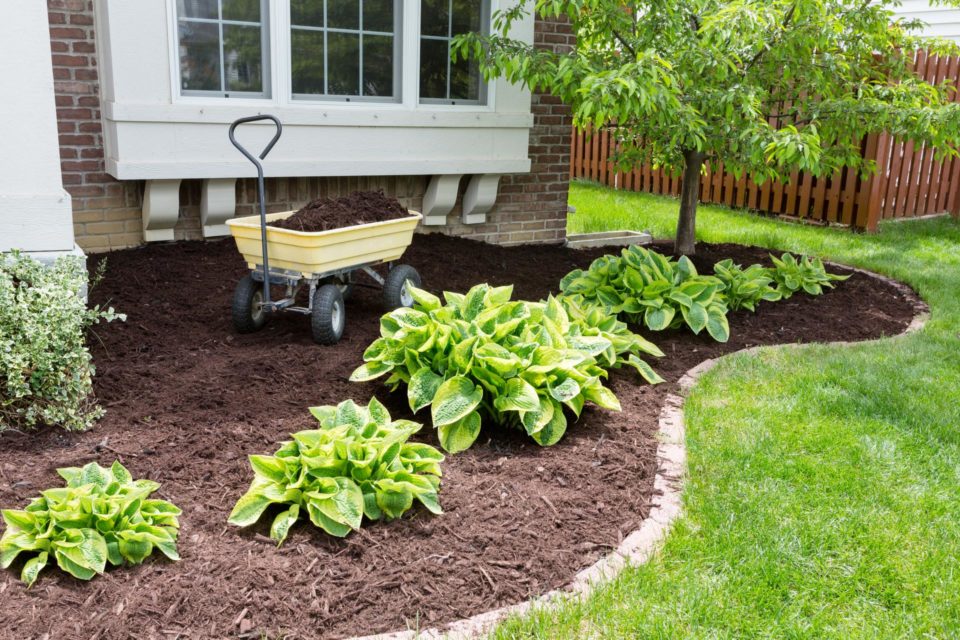Mulch is a material that is applied to the soil surface to conserve moisture, suppress weed growth, and regulate soil temperature. It is a versatile and effective tool for gardeners and landscapers to use to help maintain healthy soil and plants throughout the year. One of the key benefits of mulch is its ability to keep soil warm in the winter. We will explore how mulch works to insulate soil, how it can benefit plant growth, and the different types of mulch that can be used to keep soil warm in the winter.
Mulch is an excellent insulator of soil because it traps heat that would otherwise escape from the soil surface. In the winter, when the temperature drops, the soil becomes colder, and plants can suffer from exposure to extreme cold. Mulch can help to regulate the temperature of the soil, keeping it warmer than the surrounding air. This insulation effect is particularly beneficial in areas where the winter temperature regularly drops below freezing.
The way that mulch insulates soil is by trapping air between the soil and the mulch layer. This air acts as a barrier, preventing heat from escaping from the soil surface. The insulation effect of mulch is similar to the way that a blanket traps heat in your bed, keeping you warm throughout the night. The thicker the mulch layer, the more effective it is at insulating the soil.
In addition to keeping soil warm in the winter, mulch can benefit plant growth in several ways. By regulating soil temperature, mulch can help to prevent damage to plant roots caused by extreme temperature fluctuations. It can also help to conserve soil moisture, preventing the soil from becoming too dry or too wet. When applied around the base of plants, mulch can also help to suppress weed growth, reducing competition for water and nutrients.

There are several different types of mulch that can be used to keep soil warm in the winter. Organic mulches, such as leaves, straw, and bark chips, are effective at insulating soil because they are composed of materials that can trap air between the soil and the mulch layer. These materials can also break down over time, adding nutrients to the soil and improving soil structure. In addition to organic mulches, inorganic mulches such as gravel and pebbles can also be used to insulate soil. These materials are often used in areas where organic mulches may be unsuitable, such as in arid regions or on slopes where organic materials can be washed away by rain.
When choosing a mulch to keep soil warm in the winter, it is essential to consider the type of plants that will be grown and the local climate. Some plants, such as succulents, may not require mulch to keep soil warm in the winter, while others, such as delicate perennials, may benefit from a thick layer of mulch to protect their roots from the cold. The local climate will also influence the type of mulch that is best suited for the area. In regions where the temperature drops below freezing, organic mulches that are slow to break down, such as bark chips, may be more effective at insulating soil than quickly decomposing materials such as leaves.
When applying mulch to keep soil warm in the winter, it is important to follow best practices to ensure that the mulch is effective and beneficial for the soil and plants. The mulch layer should be at least 2 to 3 inches thick, with thicker layers required in colder regions.
